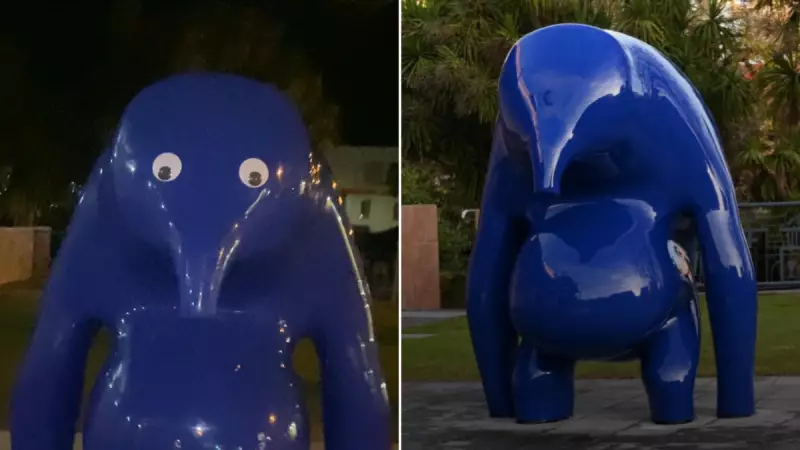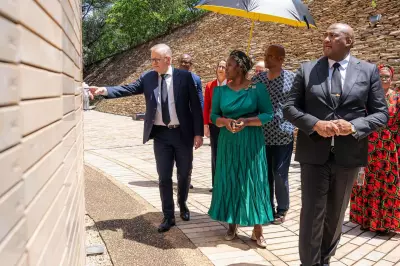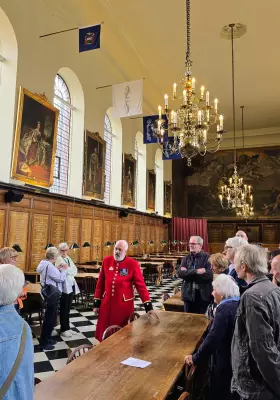
A creative protest in Mount Gambier's picturesque Blue Lake precinct has taken an unexpected legal turn, leaving the Limestone Coast community divided over the line between artistic expression and property damage.
Amelia Vanderhorst, an 18-year-old local, now faces criminal charges after allegedly adorning a prominent bronze statue with removable googly eyes in what some are calling a harmless prank and others label as vandalism.
The Alleged Artistic Intervention
The incident unfolded at one of Mount Gambier's most visited tourist spots, where the statue of early settler Stephen George King stands guard over the stunning Blue Lake. According to police reports, the teen allegedly approached the historic figure and applied adhesive googly eyes to the statue's face, creating a whimsical—if temporary—transformation.
"The eyes were removed without causing permanent damage," confirmed local authorities, though they emphasized that any unauthorized modification to public property constitutes an offence under South Australian law.
Community Reaction Split
Local residents have expressed mixed feelings about the incident. Some see it as lighthearted fun that brought momentary joy to the landmark.
"It gave people a chuckle," said one regular visitor to the precinct. "The statue looked like it had come to life for a day."
Others, however, maintain that respect for public art and historical monuments should prevail. "However temporary, it's still defacing public property," argued a longtime Mount Gambier resident.
Legal Consequences for Creative Expression
Vanderhorst has been charged with property damage and will appear in Mount Gambier Magistrates Court at a later date. The case raises questions about how communities balance preserving public art with allowing space for creative, temporary interventions.
The incident highlights growing tensions between traditional views of public space and newer generations' approaches to interacting with urban environments and historical monuments.
As Mount Gambier grapples with this unusual case, the conversation continues about what constitutes art, vandalism, and the ever-evolving relationship between communities and their public spaces.





